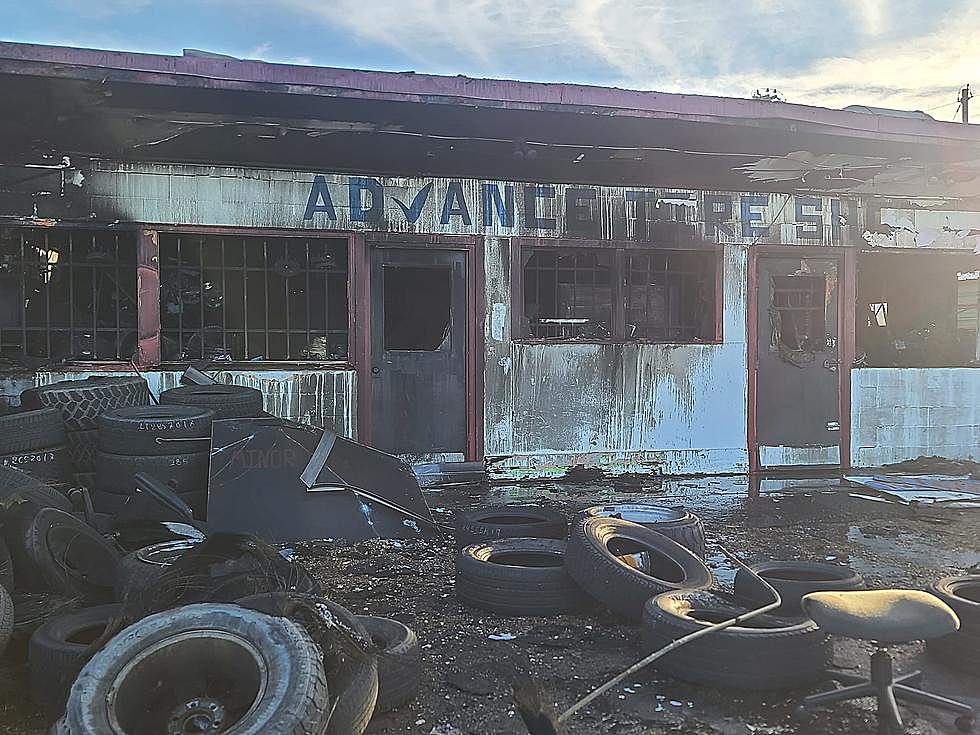
Are You Ready For Wildfire Season In The Panhandle?
In the Texas panhandle, not only does spring bring us warmer weather, it also marks the start of the wildfire and grassfire season. The Amarillo area has seen its fair share of fires over the years and it is time to make sure you are prepared if it happens. Unfortunately it is not a question of if a fire will happen, it is when it will happen. Do you know how to be prepared?
The Texas A&M Forrest Service has published a plan called Ready, Set, Go. It is a checklist to help you prepare a plan for your family and property in the event that a fire is near.
GET READY - PREPARE YOUR FAMILY
- Create a Family Disaster Plan that includes meeting locations and communication plans and rehearse it regularly. Include in your plan the evacuation of large animals such as horses.
- Have fire extinguishers on hand and train your family how to use them.
- Ensure that your family knows where your gas, electric and water main shut-off controls are and how to use them.
- Plan several different evacuation routes.
- Designate an emergency meeting location outside the fire hazard area.
- Assemble an emergency supply kit as recommended by the American Red Cross.
- Appoint an out-of-area friend or relative as a point of contact so you can communicate with family members who have relocated.
- Keep an extra emergency supply kit in your car in case you can’t get to your home because of fire.
- Have a portable radio or scanner so you can stay updated on the fire.
GET SET - AS THE FIRE APPROACHES
- Evacuate as soon as you are set!
- Alert family and neighbors.
- Dress in appropriate clothing (i.e., clothing made from natural fibers, such as cotton, and work boots). Have goggles and a dry bandana or particle mask handy.
- Ensure that you have your emergency supply kit on hand that includes all necessary items, such as a battery powered radio, spare batteries, emergency contact numbers, and ample drinking water.
- Stay tuned to your TV or local radio stations for updates.
- Remain close to your house, drink plenty of water and keep an eye on your family and pets until you are ready to leave.
- Shut all windows and doors, leaving them unlocked.
- Remove flammable window shades and curtains and close metal shutters.
- Remove lightweight curtains.
- Move flammable furniture to the center of the room, away from windows and doors.
- Shut off gas at the meter. Turn off pilot lights.
- Leave your lights on so firefighters can see your house under smoky conditions.
- Shut off the air conditioning
- Gather up flammable items from the exterior of the house and bring them inside (e.g., patio furniture, children’s toys, door mats, etc.) or place them in your pool.
- Turn off propane tanks.
- Don’t leave sprinklers on or water running - they can waste critical water pressure.
- Leave exterior lights on.
- Back your car into the driveway.
- Shut doors and roll up windows.
- Have a ladder available.
- Patrol your property and extinguish all small fires until you leave.
- Seal attic and ground vents with pre-cut plywood or commercial seals if time permits.
AND GO! - LEAVE EARLY
- Leave early enough to avoid being caught in fire, smoke or road congestion. Don’t wait to be told by authorities to leave. In an intense wildfire, they may not have time to knock on every door. If you are advised to leave, don’t hesitate!
- Leave to a predetermined location (it should be a low-risk area, such as a well-prepared neighbor or relative’s house, a Red Cross shelter or evacuation center, motel, etc.)
- Have several travel routes in case one route is blocked by the fire or by emergency vehicles and equipment. Choose an escape route away from the fire.
- Take your emergency supply kit containing your family and pet’s necessary items.
Those tips can help save your life and the lives of you family. Be sure to always follow emergency responder's information and evacuations. Remember, it is always safer to leave and come home to a non-event, then to get caught in a rapid moving fire.
More From 98.7 The Bomb
![[UPDATE] Massive Amarillo Street Pothole Already Has Improvements](http://townsquare.media/site/179/files/2024/04/attachment-IMG_3489.jpg?w=980&q=75)








